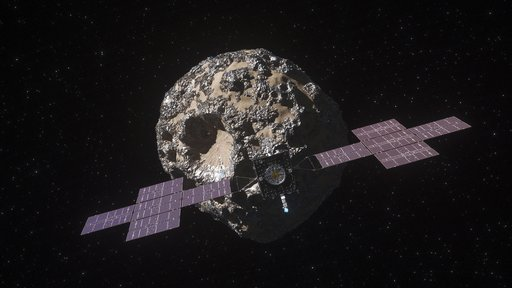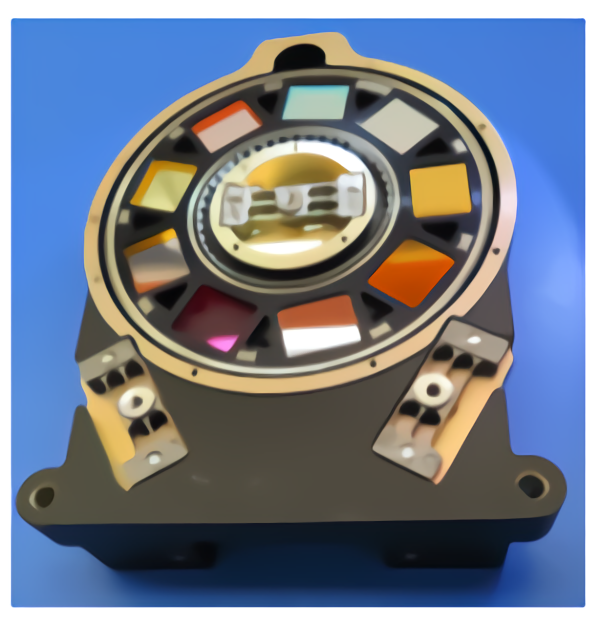News

Enabling Psyche Mission Success With Mechanical Systems
On October 13, 2023, NASA-JPL and Arizona State University successfully launched the Psyche Mission, a mission to the metal-rich asteroid of the same name. Located in the Asteroid Belt between Mars and Jupiter, Psyche appears to contain many of the elements of the early formation of the Solar System, making it a unique opportunity for scientists on Earth to better understand how the planets formed and evolved.

The mission to Psyche will explore how the planets formed. Credit: NASA-JPL/ASU.
Upon arriving at Psyche, the spacecraft will begin its science mission. This mission will consist of four progressively closer orbits of the asteroid. In the first orbit, the spacecraft will spend 56 days characterizing the asteroid. The second orbit will be spent mapping the topography for 192 days. During the third orbit, which will be maintained for 100 days, the gravity of the asteroid will be evaluated. In the final orbit, the spacecraft will spend the final 100 days of the mission mapping the various elements that comprise the asteroid.
To successfully carry out this unique exploration mission, the spacecraft designers and operators are relying on instruments developed by both researchers at ASU and JPL and by private companies. One of those instruments will be a telescopic multispectral imager built by Malin Science Space System and containing an opto-mechanical filter wheel designed by Motiv Space Systems. Motiv’s filter wheel, derived from heritage designs used onboard JPL’s 2020 Perseverance Rover, allows an imaging instrument to utilize up to eight different filters for scientific investigation.
As Psyche orbits the asteroid, it will use the multispectral imager and filters rotated by Motiv’s wheel to observe various wavelengths of light emitted and reflected. Using these scientific measurements, combined with the gravitational observations, researchers will be able to accurately determine the elemental composition of the asteroid, not only at a surface level, but infer internal asteroid structure as well.
What makes the Psyche mission so exciting is the opportunity to peer back to the beginning of the Solar System and answer questions about how the planets formed and where the various metals and minerals found on each planet originated. The Psyche Mission will also demonstrate key technologies that will pave the way for future missions to asteroids, including those that may seek to robotically mine the metals and materials. These robotic mining missions could take advantage of Motiv’s suite of scalable and customizable mechanical systems.

Motiv Space Systems’ mechanical filter wheel will enable Psyche’s multispectral imager to observe the asteroid at different wavelengths. Credit: Motiv Space Systems.
The scientific, engineering, and industrial benefits of the Psyche Mission to explore and map an asteroid hold exciting opportunities. Motiv is proud of the members of its engineering team that worked closely with JPL and ASU and their industry partners to enable the success of the mission. Utilizing some of the same mechanical technology that JPL relied on for the 2020 Mars Perseverance rover, Motiv’s engineers have enabled scientists on Earth to closely evaluate the elemental composition of an asteroid more than 300 million miles away using a single instrument with multiple filters. In the future, Motiv looks forward to supplying advanced robotic and mechanical systems for future unmanned missions to the far reaches of the Solar System.